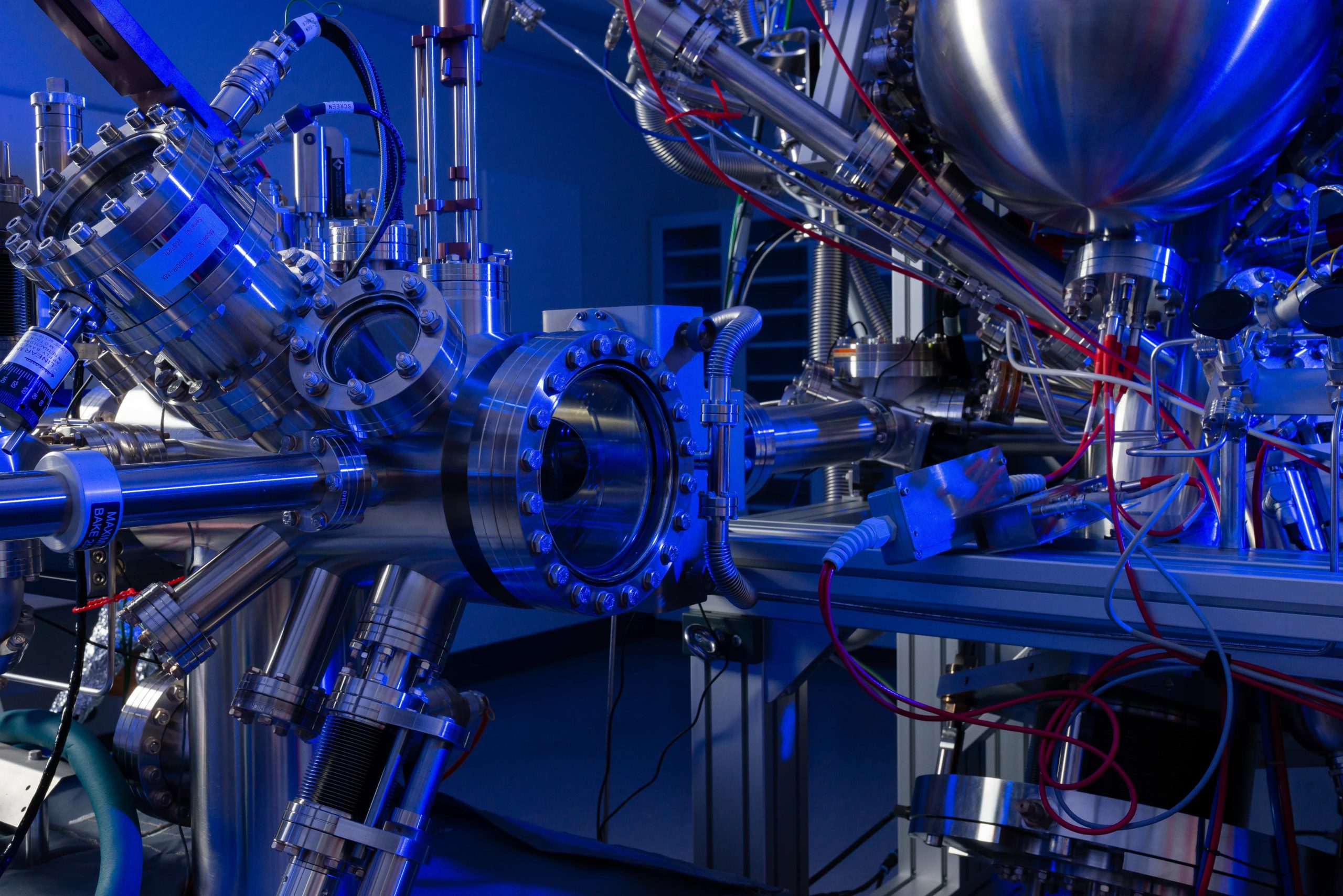From its establishment, the Institute for Nanoscale Science and Technology and its NanoConnect program has operated as a hub for researchers, innovators, and small to medium-sized enterprises to develop and commercialise ideas involving nanoscience and technology. Researchers have developed innovative materials for wide applications, including electronically-controlled shock absorbers for use in racing cars, as well as a new machinable ceramic material suitable for use in watch case parts.
More recent research has applied nanotechnology to the fields of water, energy, health, and security. This has included developments in alternative materials for plastic and rubber that are produced from waste, as well as refinements in carbon nanotubes that have wide applications for drug delivery, solar panels, and electronics, in addition to the production of coatings for waster materials to facilitate wastewater treatments.
The NanoESCA III was recently commissioned as a ‘super microscope’ — specifically a photoemission electron microscope (PEEM) — that can spatially map the surface structure, elemental and chemical composition, and electron-band structure of materials. This microscope is the first of its kind installed in Australia, and enables researchers to conduct detailed analysis of the structural, biological, electronic, and chemical properties of a range of materials. The NanoESCA III is instrumental in progressing research on LEDs, semiconducting devices, and hydrogen energy to inform developments in industry and manufacturing.
At the core of the Institute’s work is the concept that multidisciplinary, nanotechnology-based research is essential to Australia’s economic future. This broad research expertise in manipulating matter at the molecular level produces practical, commercial, and innovative solutions to the social and industrial challenges facing Australia now and in the future.





